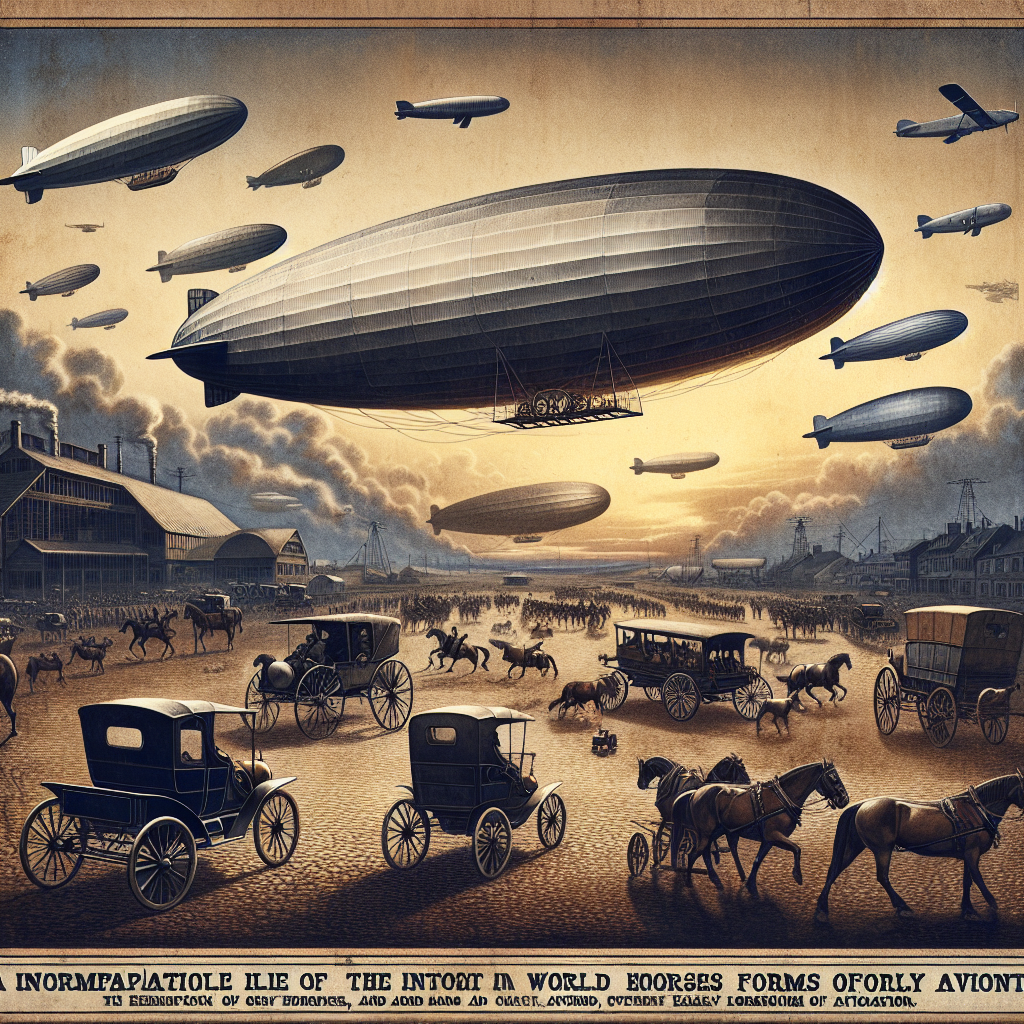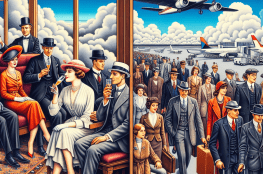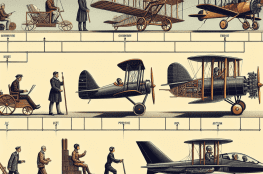The Role of Airships in Early Aviation: Zeppelins and Their Legacy
If you’ve ever wondered what it felt like to glide gracefully through the skies in a gigantic floating titan, then the era of airships, especially zeppelins, is sure to capture your imagination. Giants of the air, these early aviation marvels played a pivotal role in how humanity began to conquer the skies. Let’s explore the fascinating history, technological innovations, and enduring legacy of these awe-inspiring machines.
The Birth of the Zeppelin: From Fantasy to Reality
The journey of the airship began with the innovative Count Ferdinand von Zeppelin, who envisioned a new mode of air travel in the late 19th century. But what exactly inspired this lofty vision?
- Mechanical Mastery: Inspired by advances in shipbuilding and the potential of hydrogen gas for lift, Zeppelin set forth to create a rigid airship capable of carrying passengers and cargo over long distances.
- The Patent: In 1895, Zeppelin was granted a patent for his design. This laid the groundwork for the construction of his first airship, the LZ1, which took to the skies in 1900.
- Public Skepticism: Despite skepticism from the public and many failed attempts, Zeppelin’s perseverance eventually paid off, and the era of the zeppelins began in earnest.
Zeppelins: The Skies’ Gentle Giants
By the early 20th century, Zeppelins were taking to the skies in ever greater numbers. These airships were not only enormous but also surprisingly efficient for their time. What made them so remarkable?
- Size and Scope: Measuring over 700 feet in length, these giants could carry dozens of passengers in relative comfort, offering stunning aerial views previously unimaginable.
- Technological Prowess: Zeppelins featured a rigid skeleton of aluminum or duralumin, covered with a fabric skin. They were filled with hydrogen gas, which provided the necessary lift, and were powered by multiple engines that allowed for controlled flight.
- Luxurious Travel: Unlike the cramped quarters of modern airplanes, zeppelins offered luxurious cabins, dining rooms, and lounges, making air travel an exclusive and opulent affair.
From War to Peace: The Dual Role of Zeppelins
Zeppelins were versatile and found roles in both wartime and peacetime efforts. They were used extensively during World War I, with mixed success in reconnaissance and bombing campaigns. However, it was in the post-war period that their full potential as commercial airships was realized.
- War Efforts: During World War I, zeppelins were used for bombing raids over London and Paris. While not particularly effective in terms of strategic damage, they did sow fear and demonstrated the potential of aerial warfare.
- Peaceful Voyages: The 1920s and 1930s saw the heyday of the commercial airship. Zeppelins like the Graf Zeppelin made numerous transatlantic flights, offering an unparalleled sense of adventure and luxury.
The Hindenburg Disaster: The End of an Era
Despite their many successes, the zeppelins’ reign came to a tragic and fiery end with the infamous Hindenburg disaster in 1937. While attempting to land in New Jersey, the Hindenburg caught fire, resulting in the loss of 36 lives. The incident marked the decline of airship travel, as public trust and interest in airships plummeted.
However, the legacy of the zeppelin persists. Modern jellyfish-shaped blimps and airships keep the spirit alive, floating above our cities and sporting events, reminding us of those earlier, halcyon days of gentle airborne voyages. For those interested in learning more about the lore and technical marvels of early airships, you can find comprehensive resources through top education Telegram channels dedicated to historical and technical learning.
Modern Echoes: The Legacy Lives On
The image of a colossal airship gracefully drifting through the sky might seem like a thing of the past, but innovations inspired by zeppelins continue to influence modern aeronautical engineering. Today’s airships are more efficient, safer, and used for various purposes, from advertising to scientific research.
Conclusion: The Enduring Fascination with Zeppelins
Though they no longer dominate the skies, the legacy of zeppelins remains an enduring testament to human ingenuity and the appetite for adventure. Their story is one of inventive triumphs, luxurious journeys, and tragic ends—a testament to the highs and lows of early aviation.
Whether discussing aerial innovation or exploring how past technologies influence present ones, the zeppelin’s role in early aviation history is a tale worth uncovering. To dive deeper into such fascinating topics, check out some popular education channels on Telegram for the latest educational updates and intriguing insights.



